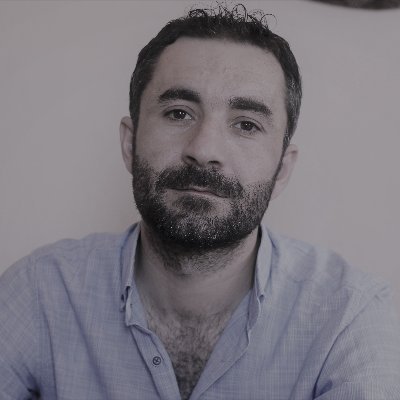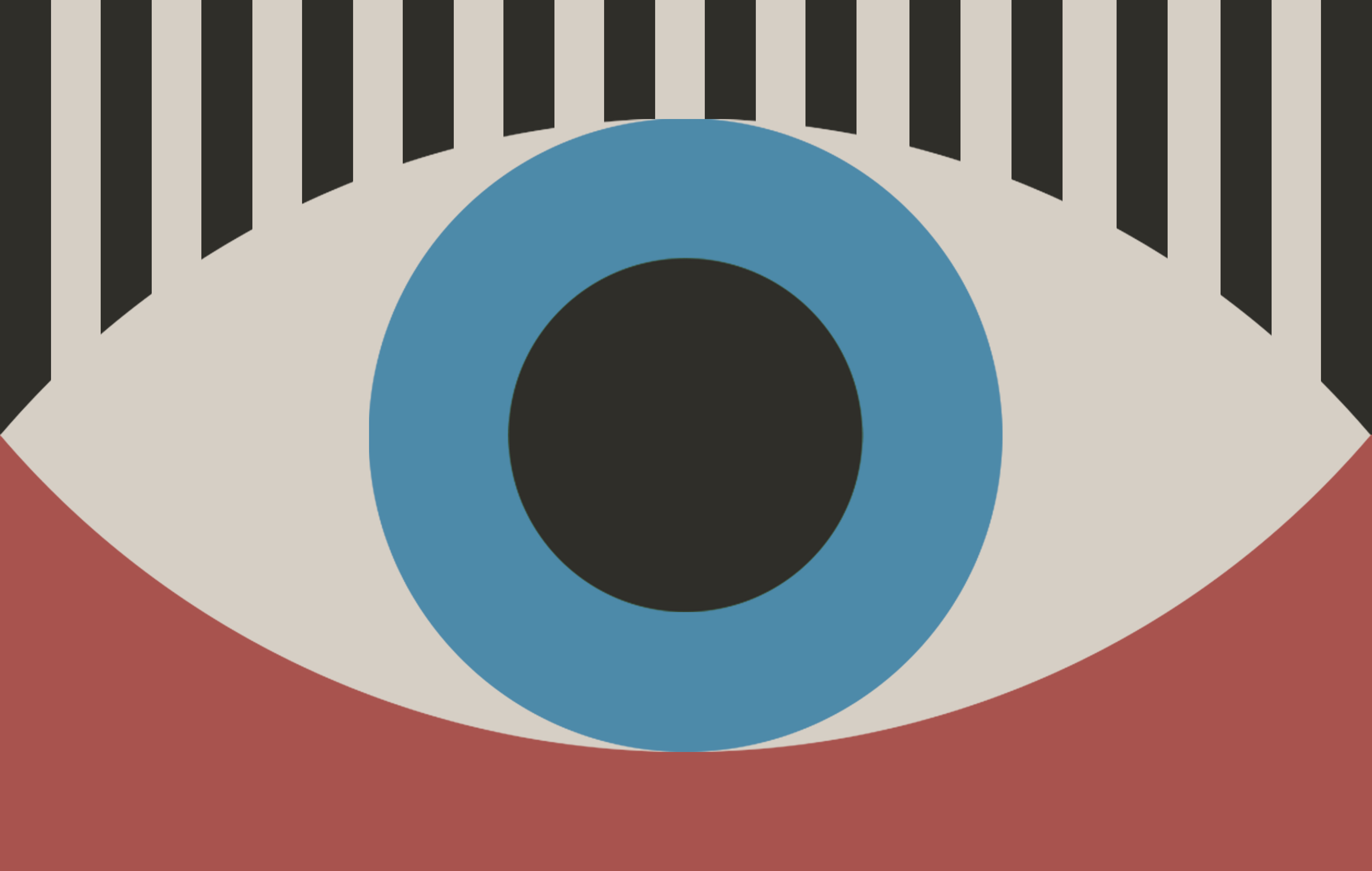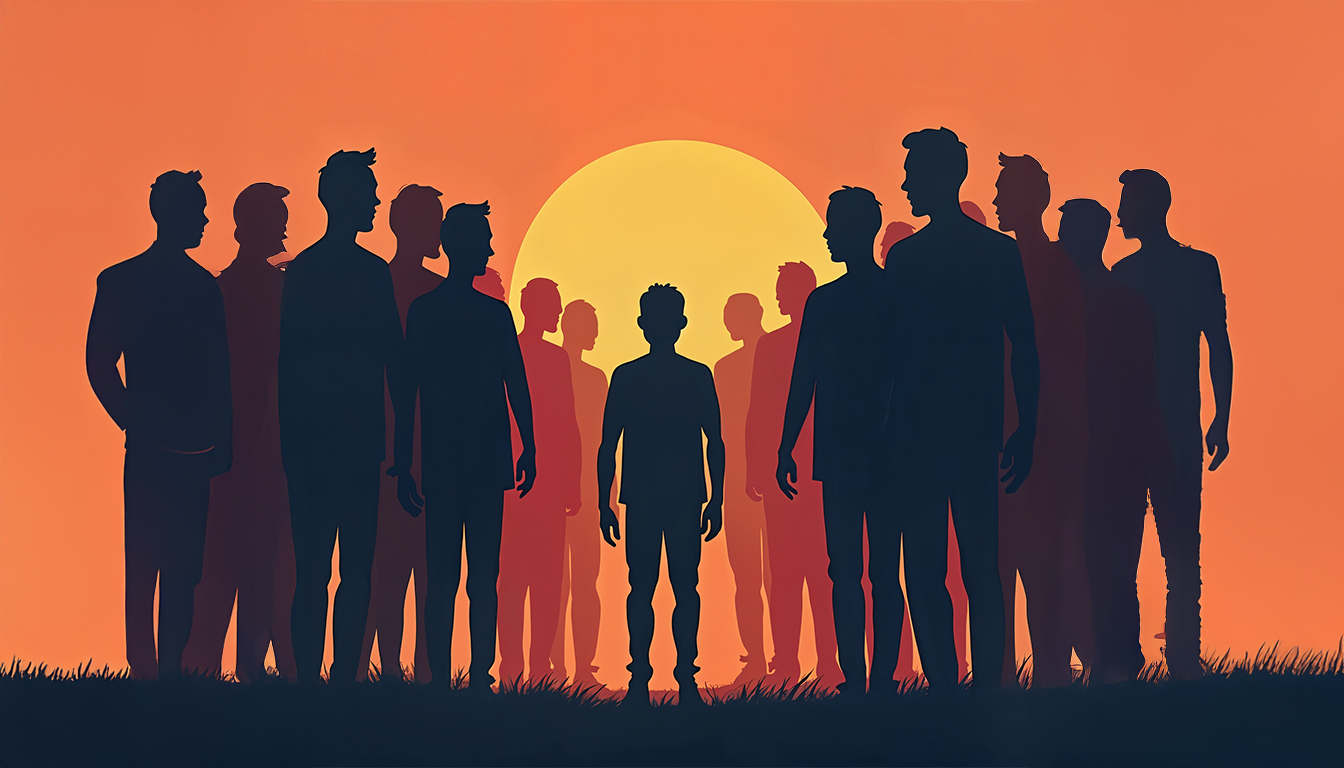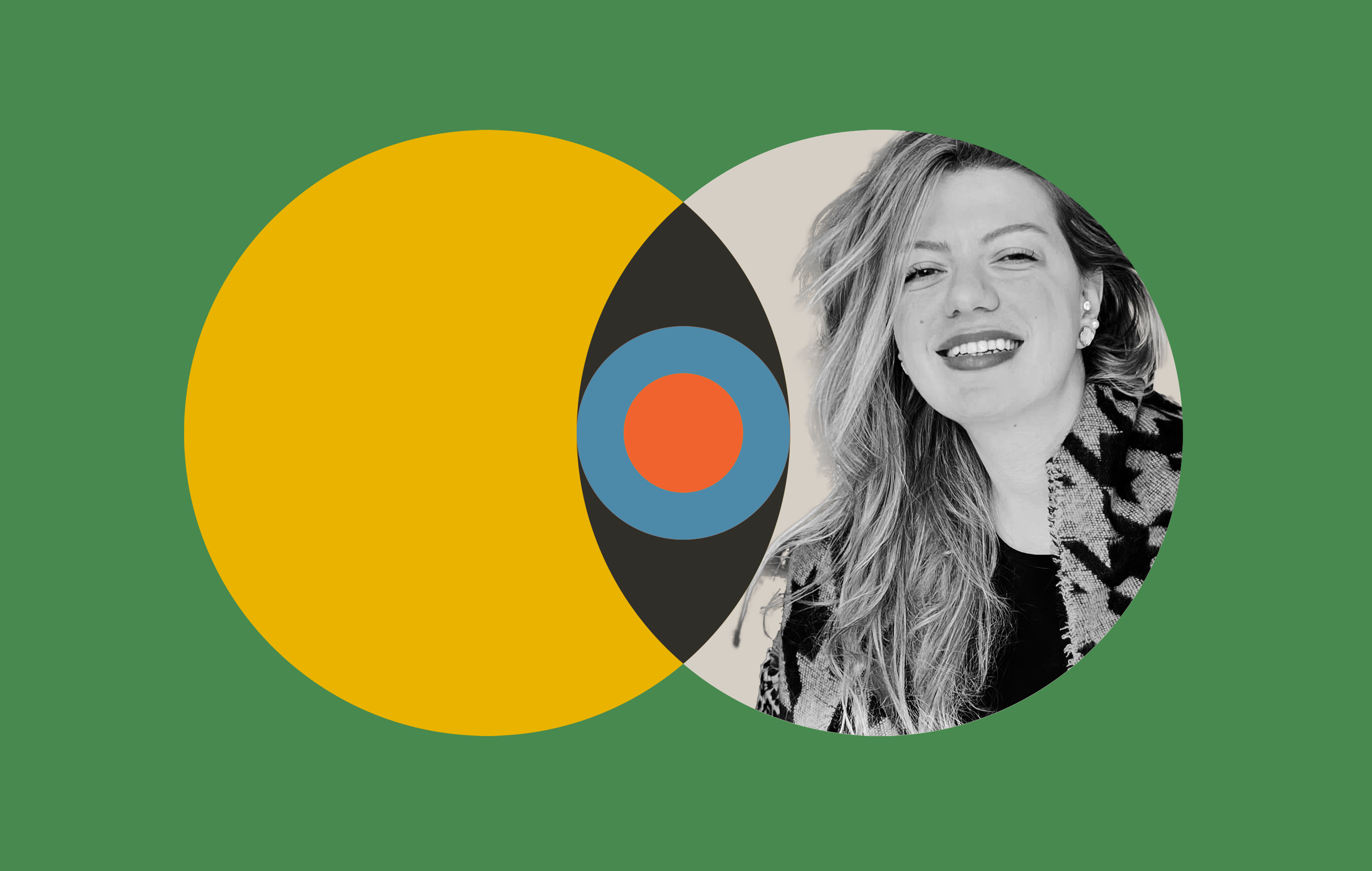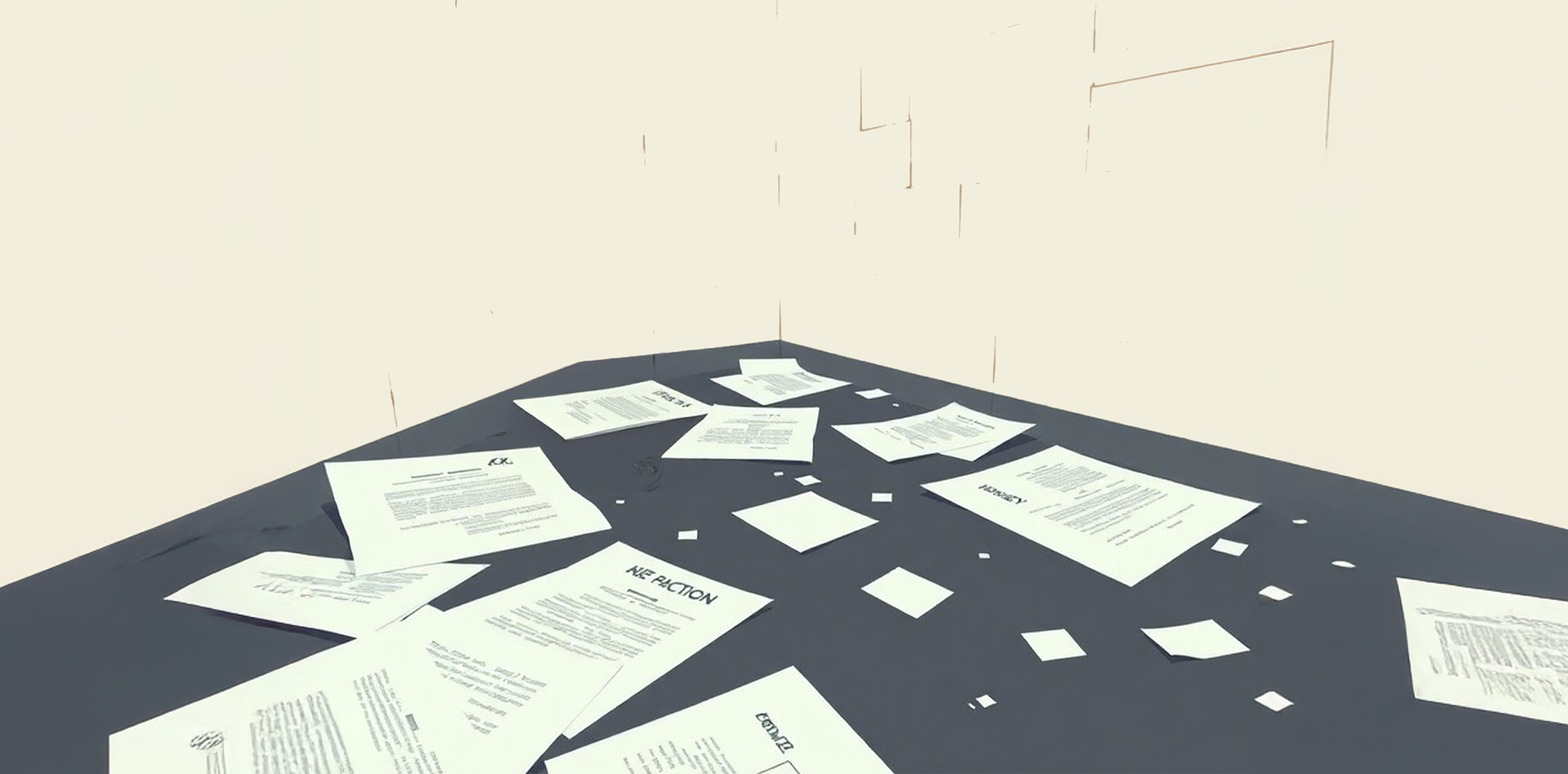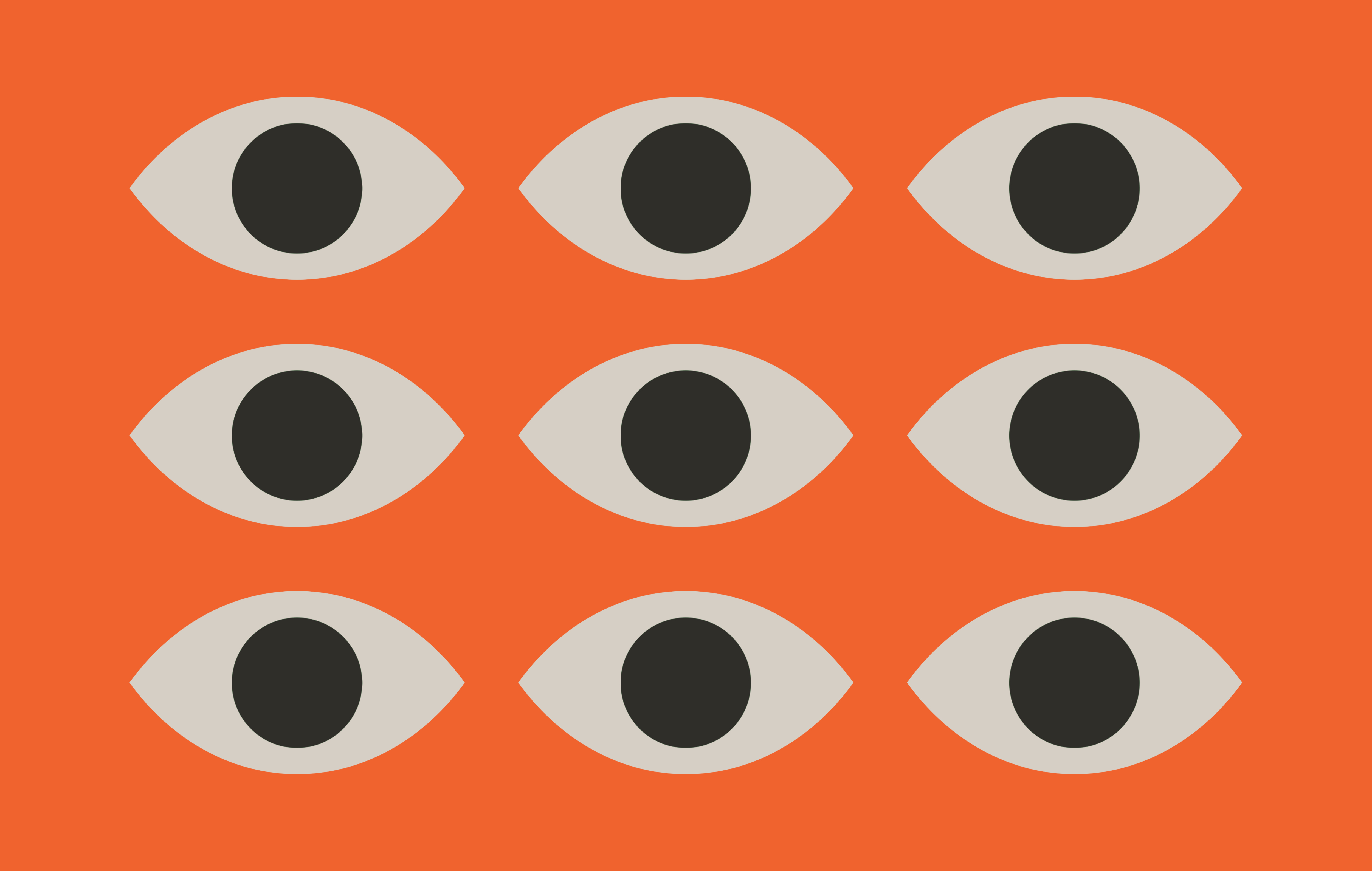“Civil Society Spotlight” is a series aiming at highlighting and contextualising the voices of Syrian civil society organizations, activists, journalists, and people who advocate for positive solutions, human rights, democratic values, and social justice.
The context
“On the night of Thursday, 6 March, I had invited a small group of friends to my house in Tartous to spend a night together after the Iftar. We had arranged it days before, but as soon as we gathered, our phones started ringing and buzzing,” said Nagham Salman, 35 years old, a journalist and civil activist who works between Tartous and Damascus. "We soon learnt that there was an armed attack on public security in Baniyas, then another attack in Jableh, then in Duraikish and so on. My friends left and I was left alone...To be honest, I didn't expect things to escalate so quickly. I went to bed early that night just to wake up to images of massacres, voices of incitement to violence and the arrival of large numbers of armed factions to the coast, and I entered a state of terror and mental paralysis for the next two days."
According to the Syrian Network for Human Rights (SNHR) report, the explosion of violence erupted after an attack by militants associated with the former regime, or so-called fulul (regime remnants), on the public security forces. 803 civilians, mostly Alawites, were killed between the 6 and the 10 March 2025, in addition to hundreds of government forces and ex-regime supporters. However, other sources suggest that the number of casualties is much higher. These events were a profound shock to all those Syrians who had hoped that their bleeding would stop after the fall of the Assad regime, and the reaction to these events took many forms on the ground and through the digital space.
“To whom will I say good morning from now on!”
20 March 2025
This article focuses on the initiatives of Syrian civil society and activists in relation to these events, and especially those that were expressing solidarity and social cohesion, while trying to fight widespread hate speech, sectarianism, and disinformation.
The most prominent characteristic of Syrian civil society's interaction with the scene is that it is more about individual activists than civil institutions. Syrian researcher Mohammad al-Jasim, 39, emphasises this point: "The massacres on the coast showed a deep crisis in Syrian civil society, which has always defined itself as the opposite of the Assad regime, and now that the regime has fallen, it needs to redefine itself. Major Syrian civil society organisations have shown bias in their handling of the massacres, or have not reacted to the events as they should have. The Syrian Civil Defence, for example, which has always played a role in media coverage, documentation and advocacy throughout the years of the war against the regime, did not confront these massacres in the same way, but rather took a more neutral stance, and neutrality in such circumstances is bias."
At the same time, Syrian civil society was all but absent, and many small organizations, groups and individuals responded to the events on the coast and launched different initiatives.
In particular, we identified three different types of activities: Documenting and publishing through media and social media, issuing political statements and directing the street, and launching relief initiatives for the affected areas.
Documentation and Solidarity
On the eve of the bloody events, Syrian activist and former detainee in the Assad regime's prisons, Hanadi Zahlout, published the news that three of her brothers had been killed in the village of al Sanobar, located in the countryside of Jableh. The news came as a shock to all Syrians who knew Hanadi as an activist who supported the revolution throughout its years and supported the claim that Alawites were being killed indiscriminately.
The personal tragedy became a symbol of collective pain and provoked many Syrians to post videos of solidarity, as did a young father from the (Sunni) neighbourhood of Slaibe, who appeared in a live broadcast on his Facebook account weeping for the victims (Alawites) and offering his soul and that of his child as a “sacrifice to stop the killings”.
Similarly, Hajja Hassani al-Hariri, who previously lost her husband and three of her sons at the hands of the Assad regime appeared in a video appealing in her dialect, as if she were their mother, to the General Security and asked them to protect civilians. She said: "Son, I entrust you with the people of the coast”.
In parallel, social media has become a tool for documenting violations and sharing information in the absence of Syrian and international media. Activist Nabih Nabhan, for example, turned his page into a platform to publish lists of names of civilian victims, documenting their ages and the circumstances of their death, in an attempt to counter the erasure of individual identity under the weight of abstract numbers. Samar Yazbek, a writer opposed to the former regime, and many other figures who had access or communication with sources on the ground, did the same.
However, there was also a large-scale disinformation campaign orchestrated by actors from inside the country and from abroad, according to an analysis by Murad Khawatli, a journalist specialised in verifying disinformation. By analysing thousands of tweets, he revealed the “hidden war on digital platforms”, and discovered that 40% of the accounts active in the coast hashtags were fake, with similar posting patterns. The study also showed the use of deepfake techniques in alleged videos of victims, making counter-disinformation operations more complex.
The disinformation campaign, among other things, attempted to fuel sectarian hate and divisions, portraying the massacres as part of a larger conflict between Alawites and Sunnis.
In this context, different Alawite residents openly rejected this view, describing how their Sunni neighbors were protecting them.
An example was activist Samir Haidar, who lost two of his brothers in the Baniyas massacre.
He wrote on his Facebook account on 8 March: “Our Sunni people in Baniyas risked their lives to save dozens of families of the Alawite neighbourhood of al-Qusour and hosted them in their homes, and I was saved at the last minute”.
These posts and many others were widely shared in the digital space and contributed to mitigating the effects of the propaganda and disinformation trying to ignite sectarian divisions.
Statements and calls for action from major civil society organisations
The role of individual initiatives also emerged in the space of explaining events to public opinion and attempts to mobilise and direct it. The most important example was the video broadcast by the Syrian researcher and activist Zaidoun al-Zoubi, who appeared with signs of shock on his face to send three messages: to the Alawite youth not to be drawn into the calls of regime remnants and take up arms against the state; to the Sunni youth, who mobilised to support public security, to return to their homes; and to the government to expedite the formation of an inclusive and non-exclusionary government. The video received millions of views and thousands of shares on Facebook.
The Syrian Coast After the Fall of the Syrian Regime
10 January 2025
At the level of organisations, the most prominent actor who has been active in the public sphere since the first day of the massacres was Wasl Network, a civil framework that includes activists from different Syrian regions. On the 7 March, it published a statement condemning the killings of public security personnel and civilians in the coast, holding the state responsible for protecting civilians and demanding that those responsible for these acts be held accountable. Wasl Network also organised several protests in Damascus, Suwayda and European countries in the following days.
In contrast, most large Syrian civil society organisations appear to have been cautious about the events in the Coast, leaving a vacuum that was filled by smaller, local organisations that are mainly active in the coastal region. This is quite significant, as civil and political activism on the coastal regions, for obvious reasons, is still quite limited if compared to previously “liberated” areas. “There is no strong civil or political society in the coast to do any self-organisation, and the active organisations in Tartous, for example, are quite few and far from each other, and some of them were formed only after the fall of the regime”, Nagham says.
Nevertheless, these local organisations attempted to guide local public opinion through several statements published during the first few days of the events. The most prominent of these statements was issued by the Civil Paths Network in the Syrian coast, which called for the rejection of taking up arms against the state and against any foreign intervention, while also stressing the importance of dialogue with the new authority.
The Civil Democratic Movement, based in Tartous, emphasised in its statement the importance of activating the transitional justice process as a compulsory way to consolidate civil peace and prevent foreign interference. The Democratic Labour Movement, established in Jableh, called on the government to form a fact-finding committee, hold perpetrators of crimes accountable, and compensate victims' families. Finally, the US-based Free Syrian Civil Movement's statement also linked the crimes to the “absence of democracy and political participation” in Syria's transitional period. The statement used harsher language towards the transitional authority and accused it of trying to hide evidence of the crimes.
Relief initiatives: Bridges of solidarity from Idlib and Daraa to the coast
Relief campaigns were one of the most prominent forms of solidarity with the coast, as initiatives were launched from different regions to support the people there. This appears to be the most common type of involvement of Syrian CSOs, from different regions.
In Idlib, Basmeh and Zeitooneh organised the Standing Together campaign to collect donations and deliver aid. In Daraa, the Horan Team, in collaboration with Wasl Network and Help Team, launched the Syrian people is one campaign, which delivered relief baskets to affected families in the area. The Kurdish Red Crescent also organised an aid convoy from Northeast Syria to the affected areas in the coast. In Damascus and its countryside, the slogan of the campaign was Be Helpful, during which the Syrian Youth civil Association collected donations from 12 neighbourhoods and districts.
Local groups and organisations in the Sahel have made a significant contribution, for example Rana Charitable Foundation launched a campaign to collect donations from unaffected communities to the most affected areas in the coast, Fada Association for Community Development, active in Tartous, launched another campaign which is still ongoing at the time of writing this article.
Not only local associations and organisations, but even cultural and recreational clubs were involved, such as the Shababeek café in Tartus, which turned its headquarters into a fundraising centre.
Most of these campaigns relied on donations from individuals and local communities, and faced significant risks such as the lack of safe roads as Nagham told us, especially during the first two weeks after the events. Coordination with the Syrian Red Crescent teams was vital, as the latter would accompany volunteers from local organisations and groups as they travelled to distribute aid. Nagham tells us also that engaging in this type of activity was necessary for her on a personal level because it was "an attempt to save myself and get out of my traumatised state".
About Mila, who was killed but did not die, and Mira, who was not killed but did die
26 March 2025
Nearly two weeks after the massacre, Haya, an Alawite young female and Suha, a Sunni one, published a short video on Facebook under the hashtag #Syrian Covenant in which they said:
Those who were killed are my people (Haya), those who were killed are my people (Suha)
These are the sons of this country, this is Syrian blood
Have mercy on our hearts, have mercy on the hearts of our mothers
I respect your differences and your customs, and I respect your different opinions
Sectarianism is a big lie, and its advocates are the biggest liars
The instigators are a danger to us, the instigators are killing us
Haya and I are lifelong friends, Suha and I will never part, no matter how much you incite
There are many like us, and the country will be built by the likes of us.
List of main CSOS and activists included in this article
The Democratic Labour Movement
The Fada Association for Community Development
The Free Syrian Civic Movement
Syrian Network for Human Rights


